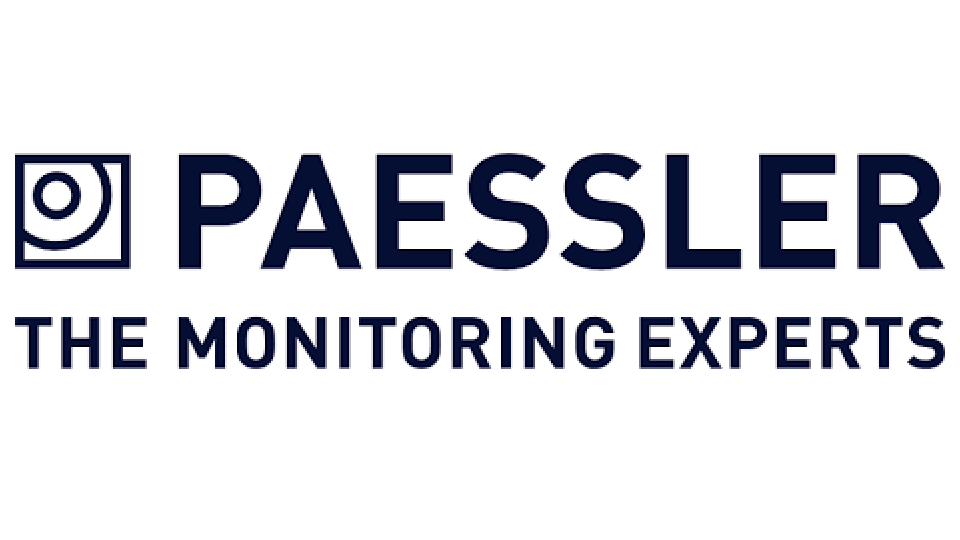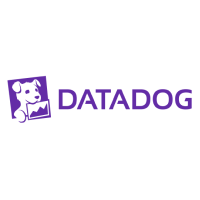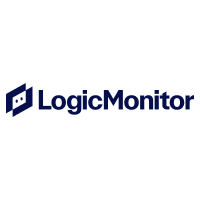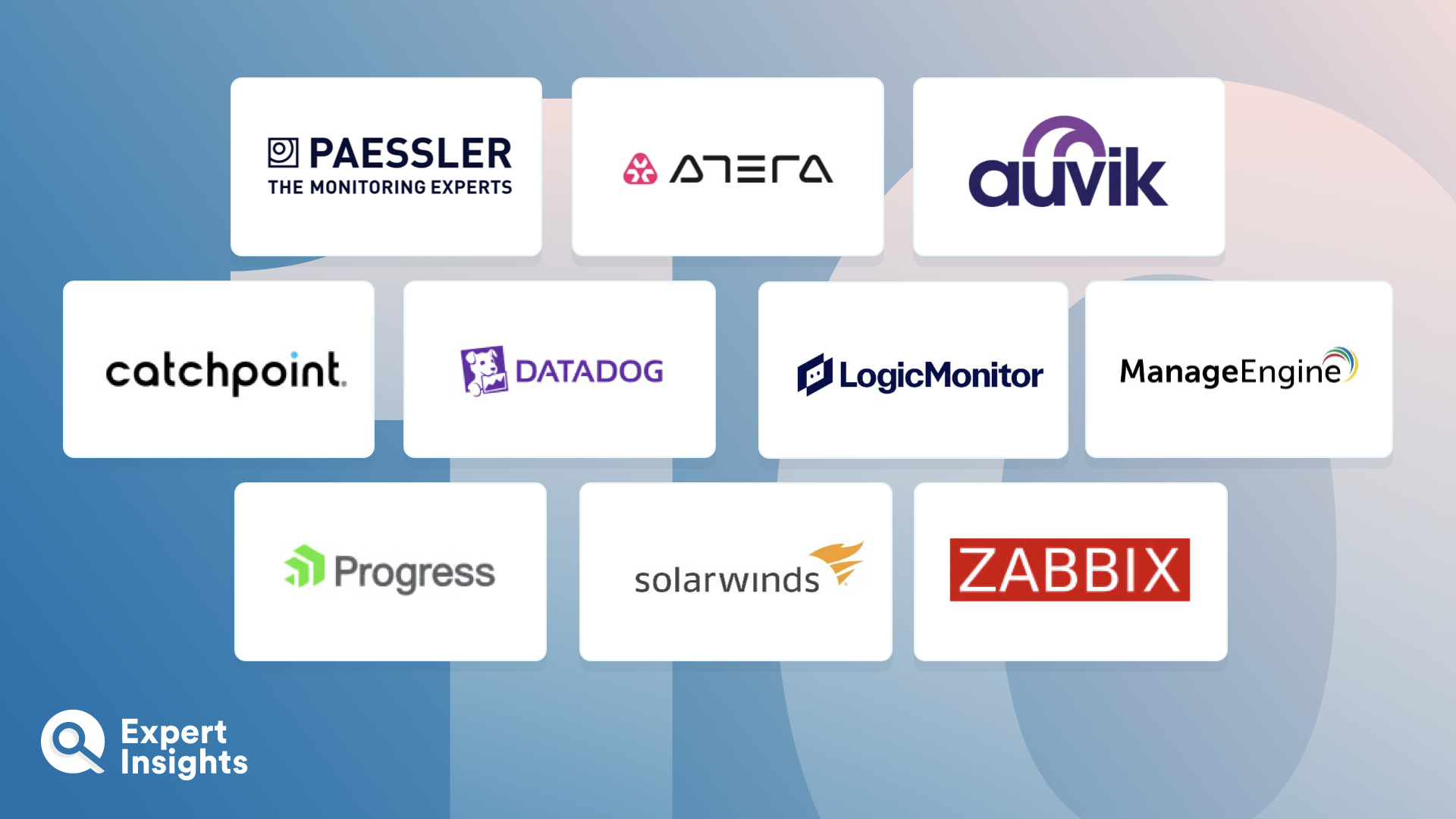Network Monitoring And Management: Everything You Need To Know (FAQs)
What Is Network Monitoring And Management?
Network monitoring is the process of monitoring and managing a network—that could be a local area network (LAN), wide area network (WAN), or internet network—and troubleshooting any performance, health, or security issues that arise whilst monitoring. Monitoring your network manually is a time-consuming task, with lots of room for human error, especially if you have a large or geographically distributed network made up of lots of different components, such as servers, devices, and applications. If this sounds like your network, we recommend that you implement a network monitoring and management tool to take care of the heavy work for you.
On top of carrying out network scans to detect and map your assets for you, network monitoring and management tools will analyze your network data and alert you to any abnormalities that may indicate something isn’t performing well, or that there’s been a breach. This can help you ensure the reliability and security of your network, whilst ensuring you’re complying with any necessary data protection regulations.
How Do Network Monitoring And Management Solutions Work?
At a high level, network monitoring and management tools make a record of all activities and changes that occur at a particular location. This information can then be assessed and feedback to relevant stakeholders. Network monitoring and management tools can, however, get much more granular than this broad overview.
Depending on how your network management tool is set up – and what part of your network it is designed to monitor – there is a great deal of flexibility within how these management tools work. Regardless of specific deployment, network monitoring and management tools will all gather network data, perform some form of analysis on it, then inform relevant users of the findings.
There are two predominant network monitoring protocols that will be used to carry out monitoring.
Simple Network Management Protocol (SNMP) – this operates at the application layer and uses a call-and-response system to monitor the status of various processes. This system can monitor a broad range of devices and can detect status and configuration details.
Internet Control Message Protocol (ICMP) – this protocol is used for network devices like routers and servers. It can monitor IP-operations information to identify if messages are reaching their intended destination. Because of this, the protocol is often used to monitor errors as it can only identify success or failure.
Depending on what aspects of your network you want to monitor, admins can configure the management solution to monitor specific devices and endpoints. At this stage, the monitoring interval (how often you are logging status) and the degree of detail can also be decided.
Network monitoring and management tools will gather detailed information from these endpoints, giving admins extensive visibility into network status and operations. Admins are also given granular configurability into network processes, allowing them to ensure that all operations are functioning optimally.
Depending on the type of management solution, deployment and configuration will be different. For instance, some solutions will require an agent to be installed on endpoints in order to monitor and report findings. Other solutions will function as an application and integrate with data sources across your network. Certificate management solutions tend to operate in this way.
What Do Network Monitoring And Management Cover?
Network monitoring solutions can cover a wide range of areas, with specific solutions focused on protected specified network areas. Some – like configuration management tools – are focused on your initial period of onboarding and setup, while others – Security incident response solutions – will provide vital information regarding how to remediate and respond to a cyber issue.
Some tools will focus specifically on a network area or type of tool – one example of this might be certificate management or LAN monitoring tools. In contrast, there are solutions on the market that are designed to provide broad (yet accurate) intelligence across your entire network – infrastructure monitoring solutions would fall under this header.
What Are The Benefits Of Network Monitoring And Management Solutions?
While the primary benefit of Network Monitoring and Management solutions is enhanced visibility, it is worth taking a moment to explore the significance and the impact of this.
- Gain Network Visibility: Allows admins to improve their understanding of endpoints across the network, particularly any errors or misconfigurations. This information is both extensive and detailed, ensuring that admins have a comprehensive understanding, allowing them to make alterations where necessary.
- Reducing Resource Usage: By implementing an intelligent and effective solution to identify network errors and discrepancies, admins are able to make better use of their time. Rather than devoting hours to manually processing “normal” logs, the networking monitoring solution can do this and alert them to anything of note. This allows admins to understand how information flows around a network. Admins can then ensure that that each process is working effectively and that there processes are as optimised as possible.
- Insight Into Infrastructure Needs: As well as ensuring that there is sufficient capacity within a network, network monitoring puts you in a better position to respond and plan how your organization will scale in time. Though gaining deeper visibility, organizations can take preventative steps to avoid network outages, thereby reducing the chance of business disruption and affecting employee productivity.
- Identify Security Threats Faster: Gain insight into “normal” performance to highlight anomalies or unusual activity that could indicate an attack or a system failure.
What Features Should Network Monitoring And Management Tools Include?
While specific deployment and configuration may differ depending on usage, there are several critical features designed to make network monitoring and management clear and effective. These include:
- Real-time performance metrics: Network monitoring tools should monitor your network continuously and report these findings back to you in real-time. If a tool is unable to notify relevant users in a timely manner, its insights will not be as relevant as they can be.
- Automatic device discovery: Network monitoring tools need extensive and comprehensive access to devices across your entire network. If even a single device or endpoint is overlooked, the platform’s ability to provide valuable intelligence will be hampered. Automatic device discovery allows you to gain insights into your entire network, without the worry of missing anything. Platforms should offer support for a variety of devices and OS.
- Comprehensive Visibility: Linked into this idea is the requirement for your solution to have comprehensive access to all aspects of your network. Unless a solutions has comprehensive visibility into your network, it will be unable to properly track and manage the flow of information. You should ensure that your tool is compatible with all of your third-party tools and applications.
- Intelligent alerts: Alerts and notifications should be timely and actionable. They should provide relevant information, alongside sufficient contextual information matching your use cases. In some instances, you will want notifications to be delivered to specific users, rather than broadcast to all. Targeted notifications ensure that admins are only given information that is relevant to them.
- Issue diagnosis and root cause analysis: This is linked to the idea of accurate and relevant alerts. Network monitoring and management solutions should not only detect when something needs addressing but be capable of accurately identifying what and how the issue has occurred. This saves valuable human time, ensuring that issues can be resolved in a timely manner.
- Network maps: To ensure that admins and network owners understand the nature of an event, network monitoring and management tools should have clear diagrams and graphs to convey key details regarding the event. It should be possible to export these graphs and maps to inform relevant users and stakeholders.
- Customizable dashboards: Not only should your solution use a range of graphs and visualizations to convey information, but the platform should also have customizable dashboards that allow you to highlight relevant information. As network monitoring can cover such a broad range of data, ensuring you can configure the platform to suit your unique needs is essential.
- Scalability: Networks are constantly evolving and shifting as new endpoints are added, new users join, and software updates alter work processes. Unless your solution can automatically adapt to incorporate new areas, maintaining comprehensive coverage will become an almost impossible task. This feature links to automatic device discovery features.
- Configurability: To ensure your solution is optimized and running effectively, you want to ensure that the platform can be configured to focus on the information that you need. This might include setting threasholds so that data is only logged when metrics go outside of normal limits. Equally, you should be able to adjust monitoring frequency and what data is monitored to avoid unnecessary data being logged.
It is worth taking the time to consider what you want to get from a solution before selecting one. For instance, a cybersecurity risk management solution will provide different intelligence, with different use cases, to a server monitoring software solution.
How Do You Ensure That Monitoring Is Effective?
Network monitoring is a (potentially) limitless exercise. For the information gained to be usable, it is worth making a plan for how your solution will operate. This means that you can focus on relevant information and ignore data that does not meet specific thresholds. If you try to monitor your network at too frequent an interval, or with contextual information that isn’t directly relevant, you will be using valuable resource which could cause ‘alert fatigue’ and genuine issues to be missed.
Other factors to keep in mind when configuring a network monitoring and management solution include:
Monitoring the essentials
Instead of logging every single cyber event at every possible interval, admins can configure monitoring processes to focus on the specific risks and vulnerabilities facing their network. Rather than keeping tabs on every possible data point, it is helpful to be selective and focus on information that you will actually use.
For example, it might not be necessary to monitor IOC devices or office equipment like photocopiers in the same way that routers are monitored. While IOC devices do pose a risk, their risk is relatively low in comparison. With a photocopier, for example, it may only be worth monitoring operational success/failure, rather than a comprehensive log of what user photocopied what, and when. A printer outage or failure will not affect your organization’s ability to function, whereas a server or router failure might.
Before configuring your monitoring and management solution, it is worth conducting an inventory of your assets and their relative risk.
Optimizing monitoring interval
Following on with the idea of relative risk, you can adjust the frequency that your monitoring solution scans the network. As before, there will be network assets that are deemed lower risk, and therefore don’t need to be monitored quite so frequently.
By adjusting the interval that assets are monitored, you can effectively reduce overall workload, without impacting your level of security. This also reduces information noise – your admins and security teams can spend more time focusing on the most serious issues, rather than sifting through large amounts of data to find anomalies.
Selecting the relevant protocol and configuration settings
Once you know what you are looking for, you can choose the best ways of finding that information. This includes selecting the best network protocol such as SNMP or ICMP, as discussed earlier in the article. It tends to be best to use an out-of-band channel for monitoring, this way, usual network performance is unaffected.
Setting thresholds
In a similar way that you can focus on what network areas to monitor, you can also regulate when the platform begins to log details. Rather than logging and reporting on every event that occurs on a network, it can be effective to only log events that exceed a predetermined limit. This reduces overall workload, freeing up resource and time. Rather than having specific records of operations running normally, you can focus on abnormal or extreme events that really need your attention.
















